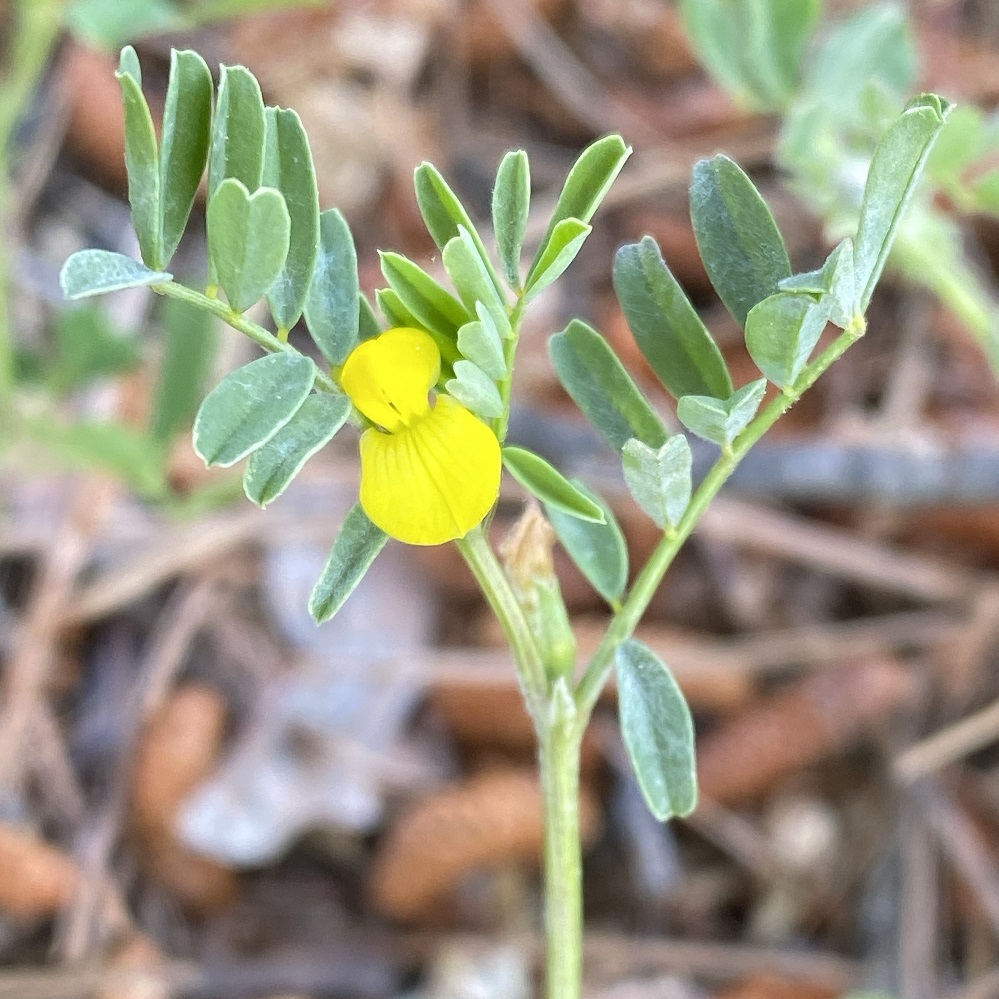Ιπποκρηπίδα η μονόλοβη υποείδος η μονόλοβη
Etymology of Hippocrepis unisiliquosa subspecies unisiliquosa: The name of the genus, "Hippocrepis", comes from the Ancient Greek ''ἵππος" [ippos], meaning "horse" and "κρηπίς" [krepis], which among others means "man's shoe", hence "horseshoe", which is descriptive of the shape of the fruit segments in some species. The word "unisiliquosa" is derived from the Latin "uni-", meaning"one", and "siliqua", meaning "pod", referring to the structure of the plants in which the seed is enclosed in a single pod.
Five Hippocrepis taxa appear in Cyprus of which one is exclusively growing in occupied by the Turks northern Cyprus.
Hippocrepis unisiliquosa subsp. unisiliquosa is an uncommon plant in Cyprus. It is encountered at least up to an altitude of 875 metres all around Cyprus except the northwestern and central plains (a vast area indeed), as well as the mountains exceeding these 875 metres. The specimen in the pictures was recorded outside of Arsos village (Lemesos district), at an altitude of around 875 metres. Its flowering period is between March and May.
How to identify Hippocrepis unisiliquosa subsp. unisiliquosa:
The four Hippocrepis taxa that can be found in the territory controlled by the Republic of Cyprus are similar, but they have some differences that distinguish one from the other.
Only the two unisiliquosa subspecies have their flowers in solitary or in pairs. The key difference between these two is that Hippocrepis unisiliquosa subsp. unisiliquosa has wider leaves than Hippocrepis unisiliquosa subsp. bisiliqua. Additionally, subps. unisiliquosa has stipules eglandular or minutely glanduligerous, and pods glabrous or shortly papillose about the seed-bearing portion, 4-5 mm wide. On the contrary, subsp. bisiliqua has stipules distinctly glanduligerous, and pods barbellate, with long papillae about the seed bearing portion, 3-4 mm wide.




